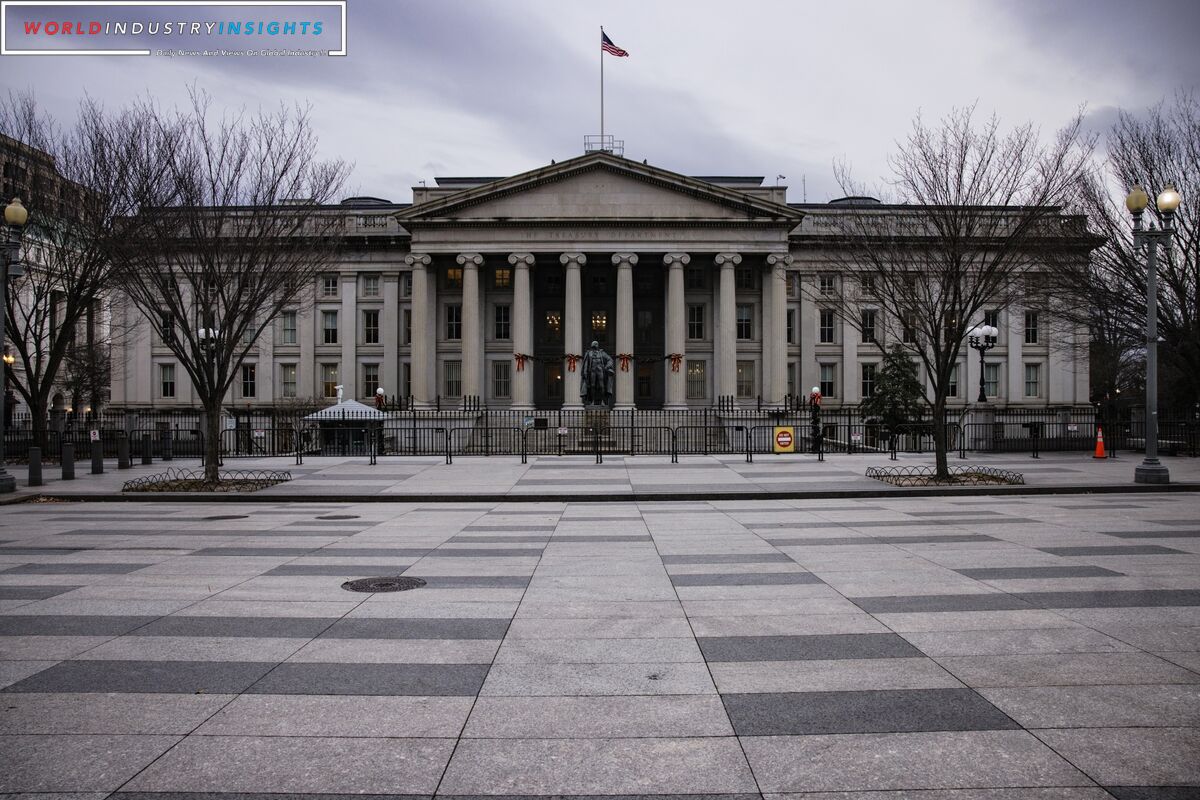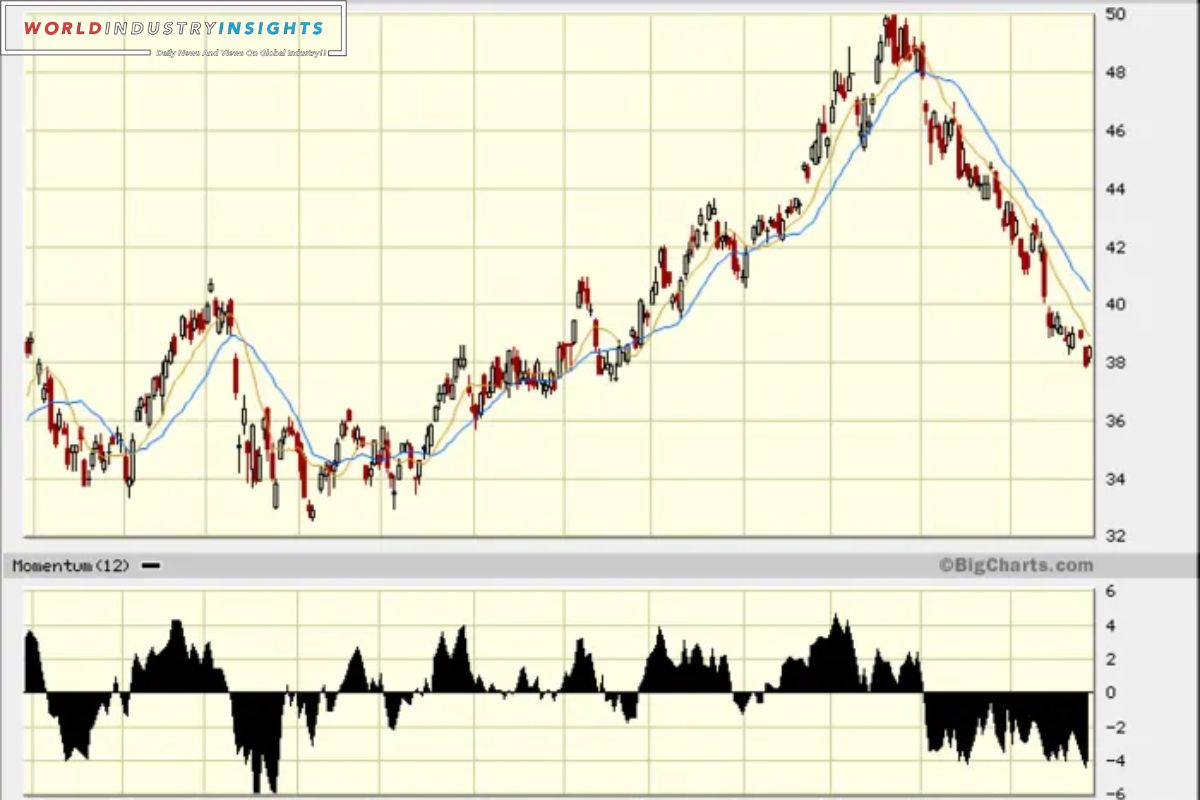10-Year Treasury Yield in 2023: As we reflect on the year-end stability of the 10-Year Treasury Yield in 2023, it becomes evident that navigating through the peaks and valleys of this crucial economic indicator requires a keen understanding of key milestones and influencing factors.
While the Federal Reserve’s role in shaping market expectations cannot be understated, it is equally important to consider the impact of technical analysis and external factors on the yield’s trajectory.
As we cautiously approach the economic landscape of 2024, it is imperative to maintain a sense of cautious optimism, given the ever-evolving nature of the financial markets.
But what does the future hold for the 10-Year Treasury Yield, and how will it shape our investment decisions? Let us delve into the intricate details of this topic to gain a deeper insight into the potential paths the yield may take in the coming years.
Key Takeaways
- Fluctuations in the 10-Year Treasury Yield throughout 2023, ranging from a low of 3.25% to exceeding 5%, reflect economic uncertainty and market turbulence.
- The 10-Year Treasury Yield is considered an indicator of the health of the economy and investor sentiment, with cautious optimism heading into the new year.
- Key milestones and influencing factors include the yield surpassing the 5% threshold in October, fluctuations driven by the Federal Reserve’s interest rate hikes, concerns about inflation and potential recession, and global events like trade tensions impacting yield.
- The Federal Reserve’s role and market expectations are crucial, with the central bank intending to implement three rate cuts, but the timing and extent of those cuts remain uncertain. Market expectations for the first rate cut are projected for March 2024, and there is a need for clarity and guidance from the Federal Reserve.
Year-End Reflections on Stability and Volatility
As 2023 draws to a close, it is worth reflecting on the year-end stability and volatility that characterized the journey of the U.S. 10-year Treasury yield.
This benchmark rate experienced significant fluctuations throughout the year, ranging from a low of 3.25% to exceeding 5%. These peaks and valleys reflect the broader economic uncertainty and market turbulence that unfolded over the past twelve months.
The 10-year Treasury yield serves as a crucial indicator, influencing global markets and impacting U.S. mortgage rates. Investors and analysts closely monitor its movements as it provides insights into the health of the economy and investor sentiment.
The year-end stability observed in the 10-year Treasury yield suggests a certain level of equilibrium and potential optimism heading into the new year. However, it is crucial to remain cautious as uncertainties persist, and market conditions can change rapidly.
Key Milestones and Influencing Factors
Throughout 2023, the 10-year Treasury yield experienced significant milestones and fluctuations, influenced by various factors that shaped the trajectory of the benchmark rate. One of the key milestones was in October when the yield surpassed the 5% threshold, only to retreat below 3.9% in recent weeks. These fluctuations were mainly driven by the Federal Reserve’s assertive interest rate hikes and concerns about inflation and a potential recession.
To better understand the factors that influenced the 10-year Treasury yield in 2023, let’s take a look at the table below:
| Factors | Influence |
| Federal Reserve | Interest rate hikes by the Federal Reserve had a direct impact on the Treasury yield. |
| Inflation | Concerns about inflation caused fluctuations in the yield. |
| Recession | The fear of a potential recession also influenced the trajectory of the yield. |
| Economic Indicators | Positive or negative economic indicators affected investor sentiment and the yield. |
| Global Events | Global events such as trade tensions or geopolitical instability had ripple effects. |
Federal Reserve’s Role and Market Expectations
The role of the Federal Reserve and market expectations for its actions in 2024 are currently under scrutiny by investors. As the central bank has signaled its intention to implement three rate cuts, the timing and extent of these cuts remain uncertain. This uncertainty has led to questions about the trajectory of the U.S. economy and the Fed’s ability to engineer a soft landing.
Market expectations suggest that the first rate cut could happen in March 2024, but there are still doubts about the effectiveness of such measures. Investors are closely monitoring the Fed’s actions and statements for any clues about its future moves. The market is seeking clarity and guidance from the central bank to navigate the peaks and valleys of the 10-year Treasury yield in 2023.
Technical Analysis and External Factors
What are the potential factors that could disrupt the current trend of declining yields, and how does the interplay between crude oil prices and Treasury yields shape the market narrative?
Technical analysis and external factors play a critical role in understanding the dynamics of Treasury yields. Examining technical charts provides insights into potential turning points and trend reversals. For instance, if the 10-year Treasury yield reaches a significant resistance level, it could signal a potential reversal in the declining trend.
Additionally, external factors like crude oil prices can impact Treasury yields. Rising oil prices can lead to inflationary pressures, which may prompt the Federal Reserve to raise interest rates, consequently affecting Treasury yields.
The interplay between crude oil prices and Treasury yields shapes the market narrative by influencing investor sentiment and expectations for future economic conditions.
It is important to closely monitor these factors to navigate the peaks, valleys, and year-end stability of Treasury yields.
Cautious Optimism and Economic Landscape in 2024
Given the cautious optimism surrounding the declining Treasury yields and the anticipated rate cuts by the Federal Reserve in 2024, a careful examination of the economic landscape is crucial to understanding the potential opportunities and challenges that lie ahead.
- The declining Treasury yields indicate a market expectation of a mild recession, which could present buying opportunities for investors.
- Anticipated rate cuts by the Federal Reserve may provide a boost to economic growth and stabilize financial markets.
- Market participants should closely monitor labor market indicators for any signs of weakness or strength, as they will play a crucial role in determining the timing and magnitude of rate cuts.
- Any unforeseen developments, such as geopolitical tensions or policy changes, could impact market expectations and introduce volatility.
Conclusion Of 10-Year Treasury Yield in 2023
In conclusion, the 10-year treasury yield in 2023 was marked by both peaks and valleys, with some periods of stability seen towards the end of the year.
Various factors, such as key milestones, the Federal Reserve’s role, technical analysis, and external influences, influenced the trajectory of the yield.
Looking ahead to 2024, there is a cautious optimism regarding the economic landscape.
Overall, understanding these dynamics is crucial for investors and policymakers in navigating the future of the treasury yield.
Also Read: US Treasury Takes Center Stage: Battle Against a Growing Budget Deficit
Our Reader’s Queries
What is the 10 year Treasury rate for 2023?
The historical data shows the percentage values for various dates. On January 2, 2024, the value was 3.95%. On December 29, 2023, it was 3.88%, and on December 28, 2023, it was 3.84%. The value on December 27, 2023, was 3.79%. There are 21 more rows of data available.
What is a good 10 year Treasury yield?
On Tuesday, bond yields saw a slight increase as traders digested the latest remarks from Fed officials and kept an eye on an important inflation report set to be released later in the week. The yield on the 2-year Treasury remained relatively stable at 4.379%.
What is the bond yield forecast for 2024?
The firm’s projection for high-yield bonds over the next 10 to 15 years has been revised to 6.5% for 2024, a slight decrease from the previous year’s forecast of 6.8%. Similarly, the forecast for emerging-markets sovereign bonds has also been adjusted downwards to 6.8% from 7.1%. These changes reflect the current market conditions and the firm’s analysis of future trends.
What is the future of the 10 year Treasury yield?
Over the next five years, it is anticipated that long-term interest rates will decrease. Despite the 10-year Treasury yield briefly reaching 5%, it is projected to conclude the year at 4.6% and gradually decrease to approximately 3% by 2025.


